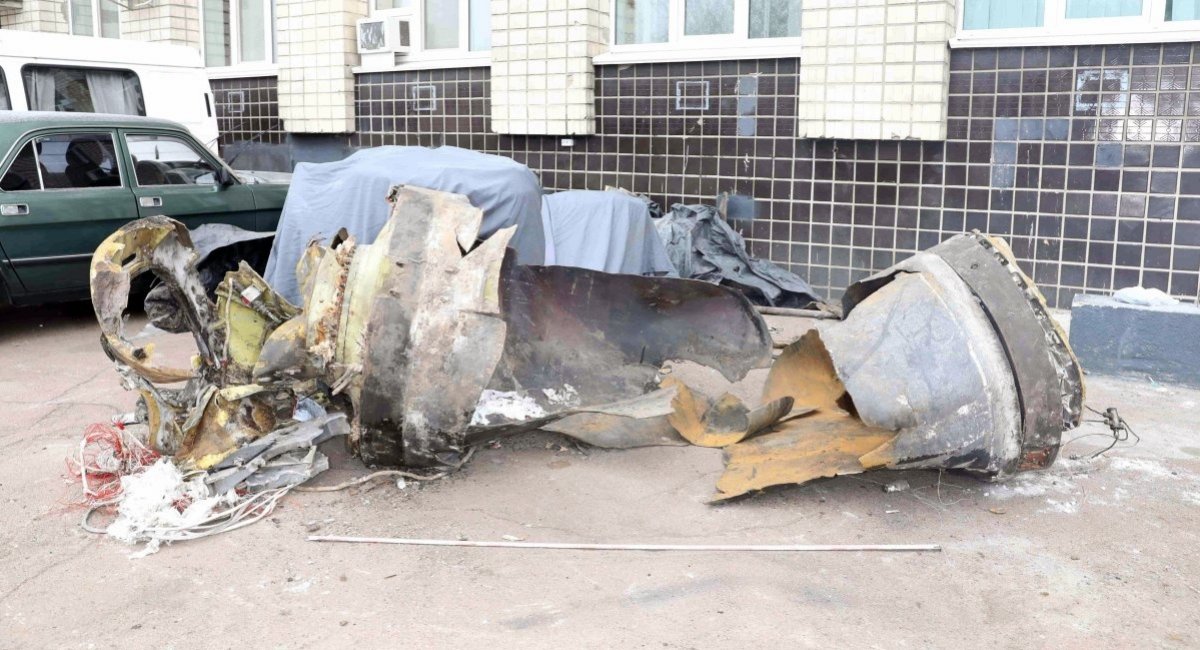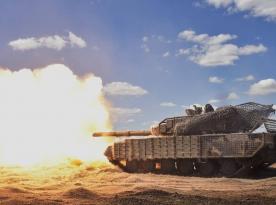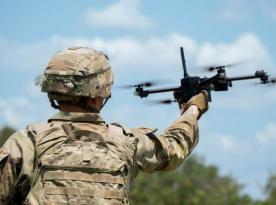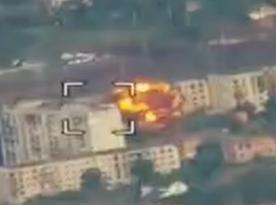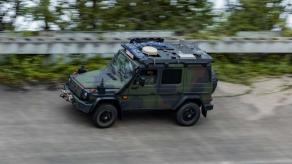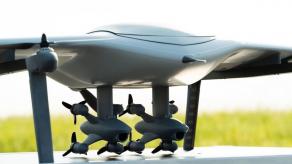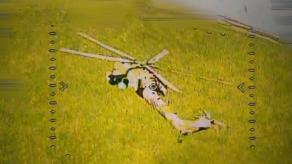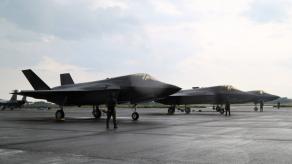International organization Conflict Armament Research has published a detailed report on the debris of the missile that targeted Kharkiv, a major city in northeast Ukraine, during the russian aerial attack on January 2nd, 2024. The analysis of missile wreckage indicates this weapon was made in North Korea; its provision to russia means violation of UN Security Council resolutions regarding military cooperation with DPRK.
For a reminder, on January 4th, U.S. National Security Council Coordinator for Strategic Communications, John Kirby, officially stated that russia had used ballistic missiles from North Korea against Ukraine. Kyiv, in turn, neither confirmed nor refuted the information, saying the investigation was ongoing.
Read more: North Korea–russia Ammunition Supply Routes and Main Depots Analyzed

Conflict Armament Research considers the missile to be either KN-23 or KN-24 type. Note that those are the designations assigned by the West, while the original Korean name is unknown, although believed to be Hwasong-11A and Hwasong-11B.
The report draws attention to the distinct jet vane actuators that adjust the flight trajectory of the missile midair.
On a note from Defense Express, this is quite a difficult technology because the actuators must work properly in extreme temperatures. Considering that all tests of KN-23 and KN-24 were successful from the get-go, it raises justified suspicions that Pyongyang had received ready-made technology from a third party.
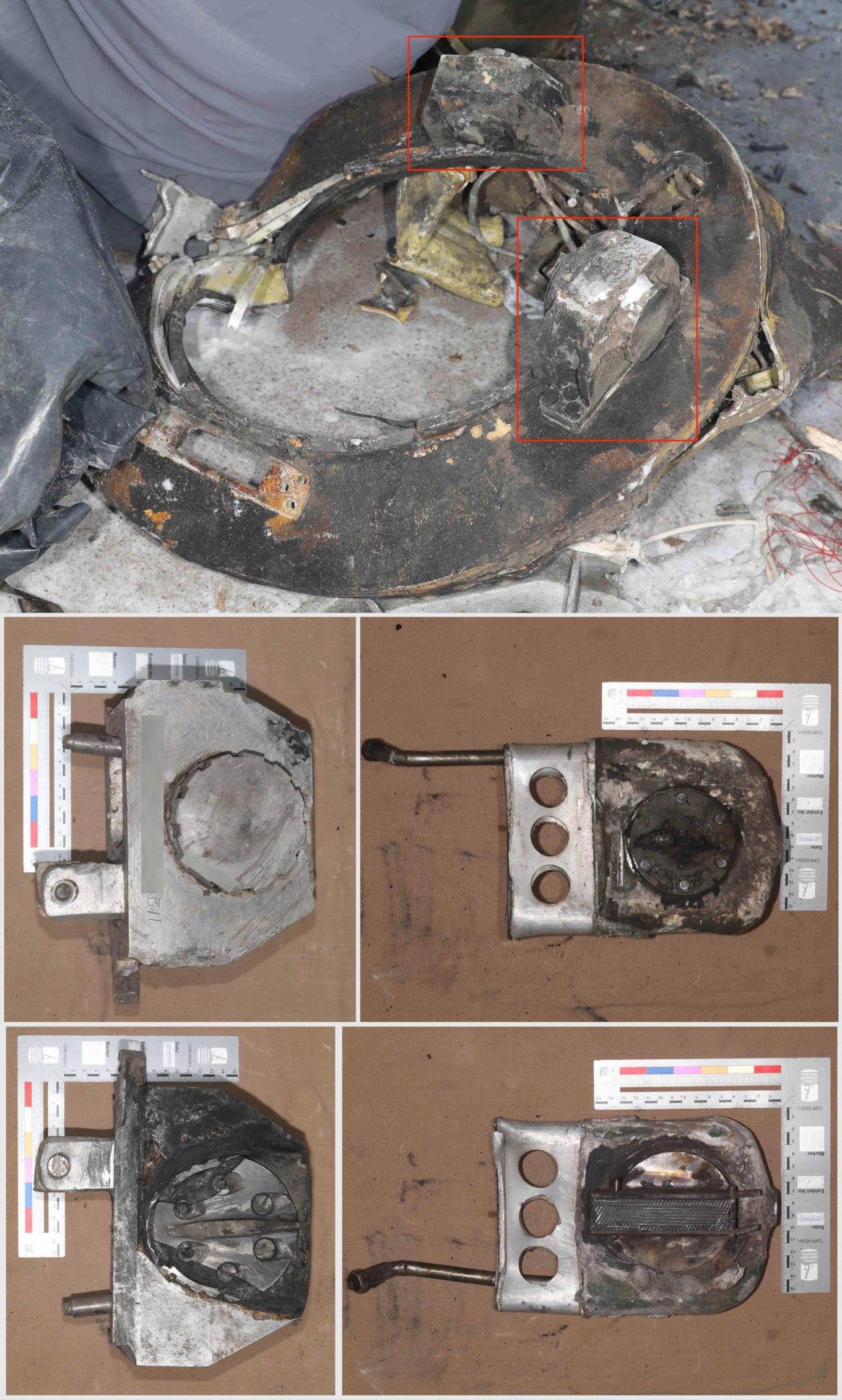
The direct indication that the missile found in Kharkiv belongs to the KN-23/24 type is the bolt pattern around the igniter. The reference was on the photo from Kim Jong Un's visit to the "February 11 Plant."

Despite all these indicators, the researchers only found a single character of Korean writing on a single component. The barometer had a sticker with a Hangul character on it.
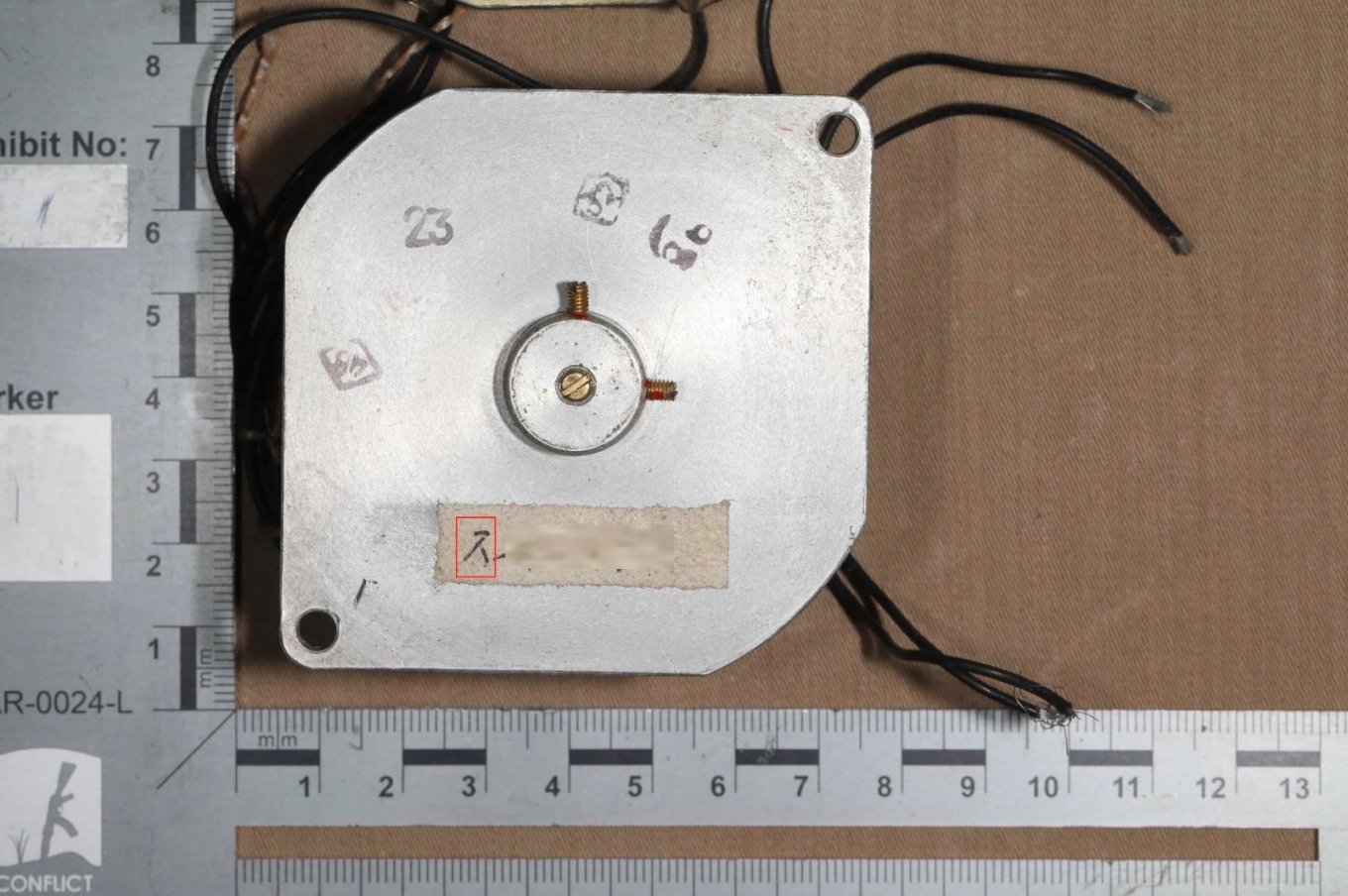
On the other hand, the "112" markings were all around the missile: on units and parts inside and out, on jet vane actuators, etc. The researchers suggest this label refers to the "February 11 Plant" where the missile was assembled.

More photos can be found in the original article by Conflict Armament Research.
Read more: North Korean Wunderwaffe: russian Military Bloggers Dream of KN-09 and KN-25 Multiple Rocket Launchers



